Here's What the Average American Spends on These 30 Essentials
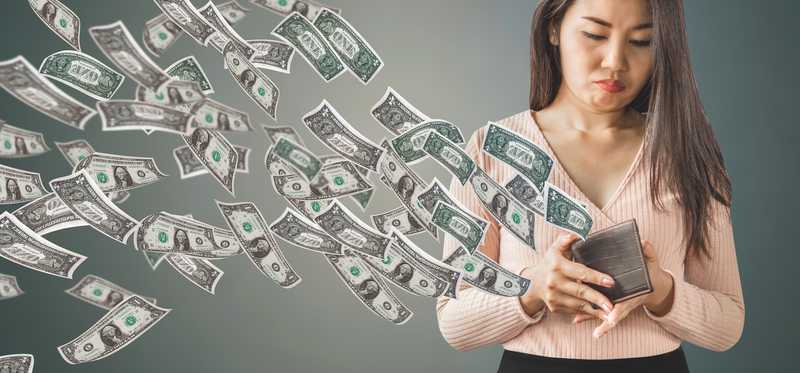
Here's What the Average American Spends on These 30 Essentials
Are you keeping up with the Joneses?
It's natural to wonder how our lives compare to others. We may, for example, wonder if our neighbors have socked away more or less for their retirement than we have, and we may wonder if we're earning more or less than others with similar jobs.
We may also wonder if we're spending more or less than others on various common expenses. That's a particularly good thing to wonder, because if we find out we're above average on some counts, such as entertainment, it might spur us to reduce our spending. On some other counts, such as gas or insurance, it may be harder to cut back spending, but in just about every category, there are some ways to do so.
Here's a look at the average American spending on 30 common expenses. Much of the data is from the Bureau of Labor Statistics' 2017 Consumer Expenditure Survey, and some of the data is from other sources.
Previous
Next

1. Clothing
The average American household spends $1,833 annually on clothing and related services (such as tailoring and dry cleaning), according to the Bureau of Labor Statistics' 2017 Consumer Expenditure Survey. That amounts to about $153 per month. That's a significant sum, totaling more than $18,000 over a decade. If you'd like to be spending less on clothing, you can probably succeed. Some strategies including focusing on sales and discounts, only buying clothing that you actually need, and not going to the mall out of boredom or for fun -- as that often leads to unnecessary spending.
ALSO READ: Walmart's Efforts to Keep Up With Amazon Are Costing It
Previous
Next

2. Education
The average household spends $1,491 on education annually, per the Bureau of Labor Statistics' 2017 Consumer Expenditure Survey, though some households spend much more and some much less, depending on how many children are in the household, and their ages.
Anyone facing college expenses will likely have substantial education spending, as the average cost of tuition, fees, room, and board for a year was recently $48,510 at a private college and $21,370 at a public college. You may be able to reduce your education spending now or in the future by having a good strategy, such as making use of 529 plans, Coverdell Education Savings Accounts, and/or custodial accounts.
Previous
Next
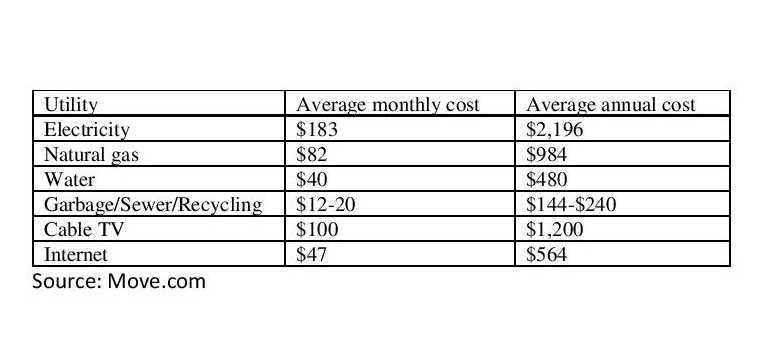
3. Utilities
Utilities are among our least exciting expenses, but also among the most necessary. This table offers a look at average annual spending on various categories of utilities, via the folks at Move.com.
All those items together amount to more than $450 per month and more than $5,500 per year, making utilities a major budget category. Of course, many of us can manage to pay a lot less, such as if we live in a temperate region or an area with low utility costs, and if we use energy-efficient appliances and perhaps stream our video entertainment instead of paying for cable TV.
Previous
Next
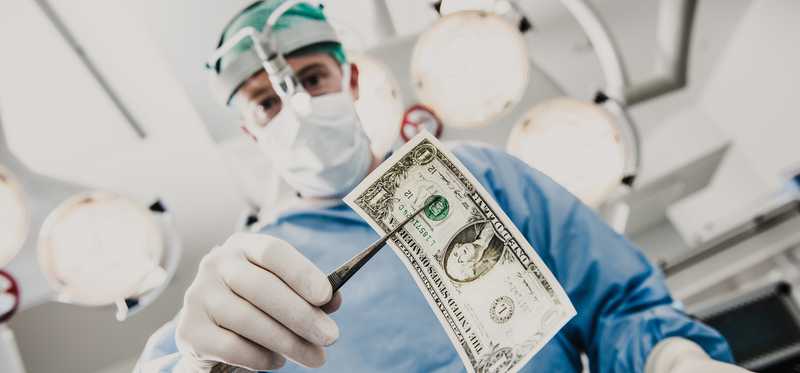
4. Healthcare
It's no surprise that healthcare in America is very costly. Just how costly? Well, the typical household spends $4,928 on it annually, per the Bureau of Labor Statistics' 2017 Consumer Expenditure Survey. That includes health insurance, medical services (such as doctors, hospitals, etc.), prescription drugs, and various medical supplies. Fortunately, there are lots of ways to spend less on healthcare, such as exercising and eating nutritiously, using health savings accounts (HSAs) or flexible spending accounts (FSAs), shopping around for the best prescription prices (and opting for generics whenever possible), and learning how to get the most out of Medicare.
Previous
Next

5. Pets
Many of us have a beloved Fluffy or Bowser at home (though these days Bella and Max are far more popular pet names), and it can cost a lot of money to take care of them. On average, households spend $710 annually on pets, per the Bureau of Labor Statistics' 2017 Consumer Expenditure Survey. A 2017 survey by the American Pet Products Association found Americans, in total, spending about $70 billion annually on their pets, with $29 billion (42%) spent on pet food, $17 billion (25%) on veterinarian care, $15.1 billion (22%) on supplies and over-the-counter medicine, and $6.2 billion (9%) on services such as grooming and boarding.
You might consider getting pet insurance in order to reduce your medical spending on your pet, but read up on it before you do so, as it might not offer as much upside as you think.
ALSO READ: Chewy Surges in IPO, Showing Demand for E-Commerce and Pet Industry Stocks
Previous
Next

6. Credit card interest
Sadly, the category of credit card interest is not a minor one in many households. The Federal Reserve Bank of New York recently reported total credit card debt in American households to be $848 billion. Not every household is carrying debt, but about 55% of adults in the U.S. with credit cards are carrying debt on them. According to a study by The Ascent, the average debt load for card holders was recently around $6,000. With the average credit card annual percentage rate (APR) recently at 17.8%, that means the average debtor is looking at annual credit card interest payments of around $1,068.
If you're saddled with high-interest debt, you should make paying it off a priority. And take heart -- because you can dig yourself out of debt.
Previous
Next
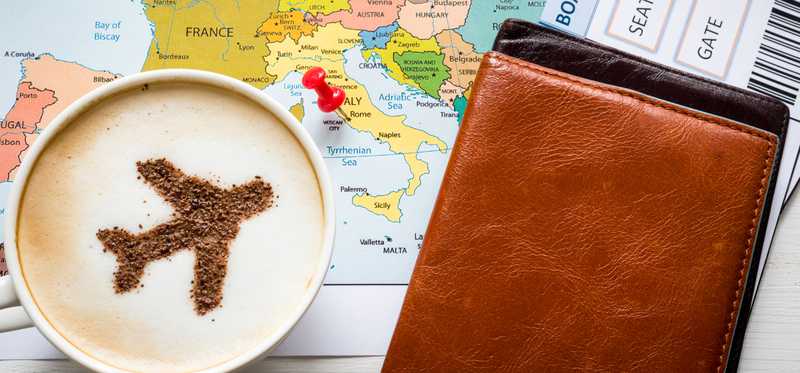
7. Travel
Most of us travel now and then throughout each year. What do we spend, on average? Well, according to New York University's 2018 U.S. Family Travel Survey, the greatest portion of Americans (26% of them) spend between $2,500 and $5,000 on travel annually, with the next biggest portion, 23%, spending between $1,000 and $2,500. Only 21% spend more than $5,000, and 30% spend $1,000 or less.
Those are some big numbers, and spending a lot on travel is fine if you can afford to while still saving for your important financial goals. Many of us, though, might want to find some ways to trim that spending. You might start by using one of the best travel credit cards, which can get you discounts and perks, while letting you accumulate points that can be spent on travel expenses.
Previous
Next
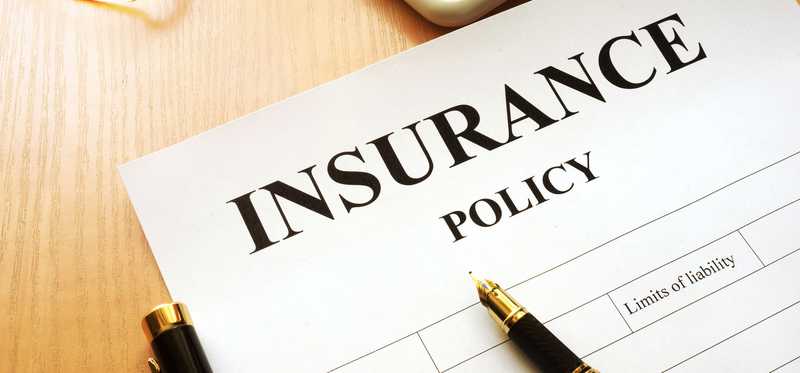
8. Insurance
Insurance isn't fun to pay for because ideally, we won't need it, and without it, we will be unprotected. So we insure -- in various ways. For example, the average U.S. household spends $3,414 on health insurance, per 2017 data from the Bureau of Labor Statistics. The same survey shows households spending an average of $967 on vehicle insurance and $418 on "life and personal insurance."
How about home insurance? The folks at insurance.com note that the average annual cost for home insurance, nationwide, is $1,228 for a $200,000 home with a $1,000 deductible and $100,000 of liability coverage. The cost would be $2,252 for a $400,000 dwelling with a $1,000 deductible and $300,000 of liability coverage.
Of course, rates will vary widely for all kinds of insurance, depending on factors such as your health, where you live, how much coverage (and what size deductible) you want, etc. You stand a good chance of lowering your bills by calling around for the best rates every year or two and increasing your deductible (as long as you can still afford to pay it if need be). Having two or more policies with the same insurer can get you discounts, too.
Previous
Next

9. Gifts
We all have loved ones, and most of us enjoy bestowing gifts on them, at holidays, birthdays, and other occasions. Here are some average expenditures for various gifts:
- The average expected holiday spending per American consumer last year was a whopping $846.
- The average gift given to one's own mom on Mother's Day recently cost $60.16, while gifts to spouses or partners who were moms averaged $65.95.
- The average spending on graduation gifts each year is a little more than $100, among those buying such gifts.
- The median sum that people planned to spend on Valentine's Day gifts in 2019 was $50, with men planning to spend about 20% more.
For birthdays and all kinds of occasions, many people give the gift of gift cards -- which happen to be what many people want most. (The average consumer spends 55% of their gift budget on gift cards.)
You might keep your gift expenses under control by giving some homemade gifts or simply less costly gifts -- and being a bit less generous with gift cards. A study showed that people spend 33% more on a gift when buying a gift card.
Previous
Next

10. Donations
Another kind of giving is giving to charity -- whether by cash, check, or credit card. (You can also give gifts of stock, of course.) In 2018, Americans donated a total of nearly $428 billion -- which comes to about $1,712 per person aged 18 and older. (There are roughly 250 million such folks in America, out of a total population recently near 330 million.)
Giving to charity and various non-profits is good for the charities and non-profits, but it can be good for you, too: It offers satisfaction and possibly a tax break to boot. For example, if you're in a 24% tax bracket and you're able to deduct a $1,000 donation, you'll avoid having to pay 24% of that $1,000, or $240. Presto -- savings!
ALSO READ: What the Average American Deducts for Charitable Giving
Previous
Next
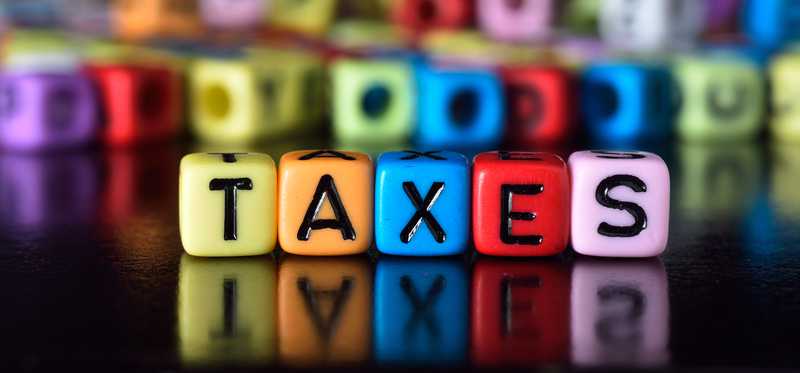
11. Taxes
Speaking of taxes, that's another thing we inevitably spend some of our money on -- and usually a substantial portion, too. Per the Bureau of Labor Statistics' 2017 Consumer Expenditure Survey, the average household spends $7,819 on federal income taxes and $2,098 on state and local income taxes, for a total of $9,967. But wait -- there's more! That average household also pays an average of $2,065 on property taxes. There are also sales taxes in many states, which can be very low or quite high. California's for example, is 7.25%, plus an average local sales tax rate of 1.31%, costing many Californians more than 8% of many purchases.
If you spend a little time reading up on taxes, you may be able to shrink some of your tax bills and keep more money in your pocket.
Previous
Next

12. Prescription drugs
It's no secret that the price of prescription drugs has been going up briskly in recent years. The price of insulin, for example, has recently surged. A 20-millimeter container of Humulin R U-500 insulin sold for around $175 some 15 years ago, and recently it cost $1,487. The average American is spending about $1,200 on prescription drugs, per the folks at SingleCare. And that's just an average. Clearly, many people spend little to nothing on drugs, while others spend many thousands annually. If you'd like to shrink your prescription spending, some strategies include asking your doctor for free samples, asking if generic alternatives are available, and buying in bulk, if you can.
Previous
Next
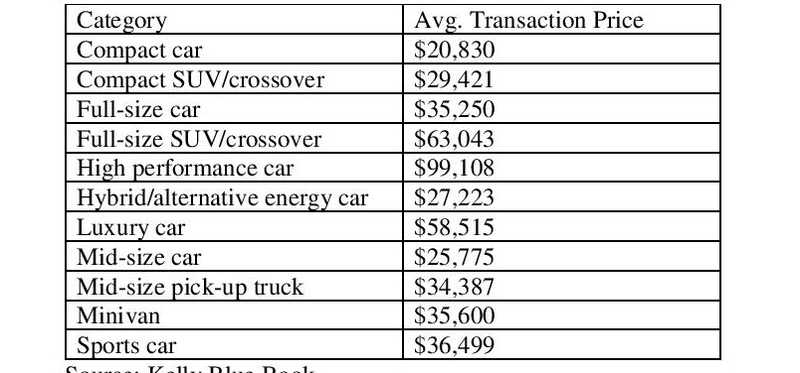
13. Cars
How much does the average American spend on a car? Well, that expense varies widely, depending on what you buy and whether it's new or used -- and, if used, its age and condition. According to the folks at Kelley Blue Book, the average transaction price of a new light vehicle was recently a hefty $37,185. Above are some more specific averages for certain classes of vehicles.
You can keep these costs in check by aiming to drive your car longer than you originally planned to and by buying a used vehicle instead of a new one next time you buy. Keep in mind, too, that leasing a car is often a money-losing proposition.
Previous
Next

14. Entertainment
A hefty line item in the Bureau of Labor Statistics' (BLS) 2017 Consumer Expenditure Survey is that of entertainment, coming in at $3,203 -- $290, or approximately 10% more than the year before. That figure includes entertainment at home (such as cable TV) and entertainment away from home, such as toys and items related to hobbies along with tickets for movies, concerts, or sporting events. Even pets are included in this category. That $3,203 is certainly substantial, but it's understandable once you realize that a typical monthly cable TV bill might be $100, meaning $1,200 per year, and that with movie tickets recently around $9 apiece, two people going to a local multiplex every other week can amount to $468 -- without even accounting for popcorn or drinks.
You might shrink your spending on this category by ditching your cable TV and streaming entertainment instead, and perhaps by watching more movies at home. When enjoying time with friends, consider having game nights instead of outings to games or concerts.
Previous
Next

15. Personal care products and services
We can't do without our soaps and razors and haircuts, so personal care products and services are part of our necessary spending habits. The average household spends about $762 on this category each year, per the Bureau of Labor Statistics' 2017 Consumer Expenditure Survey, up 8%, or $55, over the year before.
If you want to spend less on such things, you might buy them in bulk at a discount store or warehouse, and you might seek out an inexpensive hairdresser, as well. Some salons charge just $25 or less for a haircut, while others can charge $150 or much more.
ALSO READ: 50 Everyday Costs You're Overlooking That Are Adding Up
Previous
Next
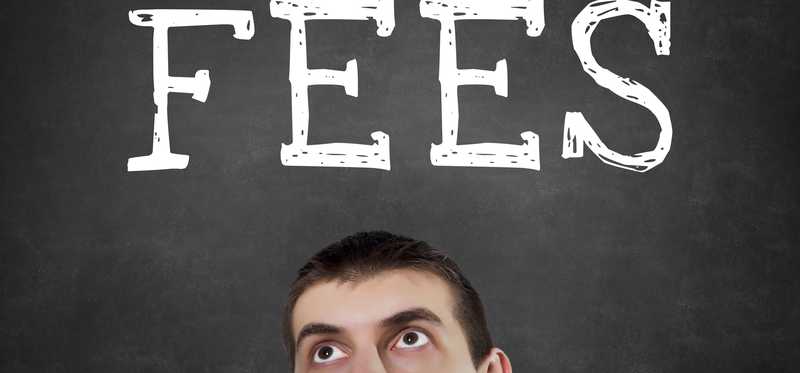
16. Bank fees
There's a good chance you don't even realize that you're paying lots of bank fees, but overdraft fees now tend to be around $35 or so, and monthly maintenance fees, when they're charged, have been averaging more than $13 recently. These fees can really add up for us consumers -- and for the banks, too: One report found that banks with more than $1 billion in assets raked in close to $11.5 billion in overdraft and insufficient fund fees alone in 2017. That same year, the Consumer Financial Protection Bureau reported that 80% of overdraft fees were being charged to just 8% of customers, leaving those folks with an average total cost just for those fees of close to $1,300 per year.
Take a close look at what your bank(s) are charging you, and consider taking your business elsewhere -- perhaps to a low-fee credit union -- if you don't like what you see.
Previous
Next

17. Reading
Many people are predicting the death of newspapers and even books, in part due to competition from online content and electronic books, but they're not gone yet. The average household spending on reading is $110 annually, according to the Bureau of Labor Statistics' 2017 Consumer Expenditure Survey. That's down 7% from the year before. (The category includes books, newspapers, and magazines.)
A Pew Research Center survey last year found that 24% of U.S. adults didn't read a book in the past 12 months, which is indeed disappointing. But it means that 76% did read at least one. Pew also reports that, "The estimated total U.S. daily newspaper circulation (print and digital combined) in 2018 was 28.6 million for weekday and 30.8 million for Sunday, down 8% and 9%, respectively, from the previous year."Previous
Next

18. Food
This category has to be a big one in the typical American budget, right? Right! The typical American household spends $7,729 annually on it, per the Bureau of Labor Statistics' 2017 Consumer Expenditure Survey. The category includes both at-home dining and restaurant dining, which, when broken out, are $4,363 and $3,365, respectively.
Meals are pretty non-negotiable, but what they are and what they cost is very negotiable. You can reduce your spending on food quite meaningfully by not buying more food than you need, preparing more meals at home. Buying fewer steaks and shrimp can help, too, as can using coupons. When dining out, consider not ordering a drink other than water, or skipping appetizers and/or desserts. Such moves can benefit your health as well as your wallet.
Previous
Next

19. Tobacco products and supplies
If you're a tobacco user, you probably know that a lot of your money goes up in smoke. The Bureau of Labor Statistics' 2017 Consumer Expenditure Survey reveals that the average household spends about $332 on "tobacco products and smoking supplies." That's an average over all households, but remember that many people don't smoke, so the average is far higher among households of smokers. Indeed, the Centers for Disease Control and Prevention reports that about 14% of Americans smoke these days, down significantly from rates such as 21% as recently as 2005.
If you smoke, take a little time to calculate just how much the habit is costing you financially. For example, if you consume a pack a day and pay that national average price per pack of close to $6 apiece, you're looking at an annual cost of $2,190. If you smoke two packs a day, or pay $12 per pack (as some smokers in some places do), the cost will top $4,000! Quitting smoking is not easy, but consider what that money could do for you instead.
Previous
Next

20. Alcoholic beverages
The Bureau of Labor Statistics' 2017 Consumer Expenditure Survey also tracks spending on alcoholic beverages, and finds households spending an average of $558 on it, annually -- roughly $46 per month. (It's also more than $5,000 over a decade and more than $20,000 over 40 years, though the price of alcohol will vary over that span.)
Alcohol, like tobacco, is something that not all households consume, so the average for those who do is likely to be higher than the numbers above. According to the 2015 National Survey on Drug Use and Health, for example, only 56% of respondents reported drinking alcohol in the past month.
ALSO READ: What Spending Do People Keep Secret From Their Significant Others?
Previous
Next
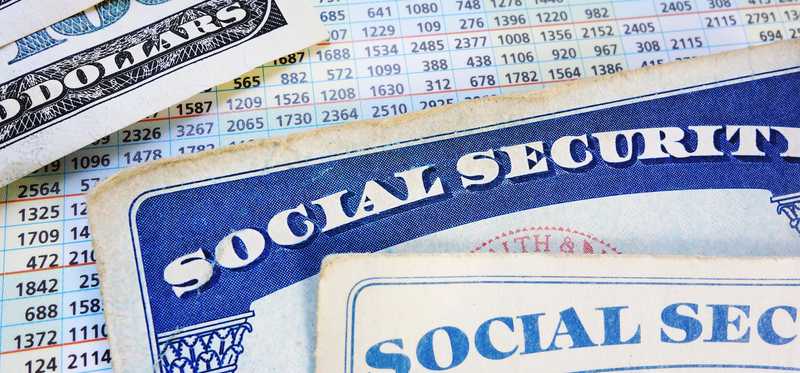
21. Pensions and Social Security
You might not think that you're spending money on Social Security, but you probably are -- and a significant sum, too. That's because most of us routinely have 6.2% withheld from our paychecks for Social Security (with our employers kicking in an additional 6.2%), and those contributions make us eligible for benefits in retirement. (The amount we contribute helps define how much we eventually collect, too.)
The Bureau of Labor Statistics' 2017 Consumer Expenditure Survey shows American households spending an average of $6,353 on "Pensions and Social Security," reflecting contributions made each year toward income streams that we'll receive in retirement. By the way -- the average retiree was recently collecting $1,471 per month from Social Security. That may not seem like a lot, but there are some ways to increase your Social Security benefits.
Previous
Next

22. Transportation
We all face various transportation costs in our lives, whether related to our cars or to public transportation or even to our bicycles. According to the Bureau of Labor Statistics' 2017 Consumer Expenditure Survey, American households spend an average of $9,576 on transportation annually. About $4,054 of that was attributable to the purchase of a new vehicle, while $1,968 was for gasoline. Maintenance and repairs, along with insurance, required $954 and $967, respectively, while rentals and leases consumed $700 and public transportation accounted for $712.
There are many ways to shrink your transportation expenses, such as the aforementioned bicycle. You might carpool with colleagues one or more days per week, or use public transportation instead of driving. You might even be allowed to work from home one or more days per week. A powerful strategy is to reduce your household's number of vehicles, as that will save on fuel, repairs, insurance, and more.
Previous
Next
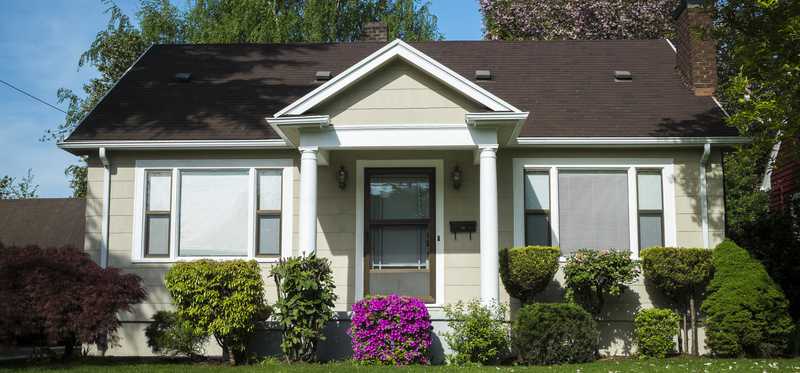
23. Housing
For many people, the greatest sum we spend each year is to keep a roof over our heads. The average household spends about $19,884 annually on housing, overall, up 5% from the year before. That hefty sum includes mortgage or rent payments, mortgage interest, property taxes, maintenance costs, utilities, furnishings, and more.
When you think about how that figure compares with your own spending on housing, consider that a common rule of thumb is to aim to spend no more than 30% of your income on housing-related expenses. Spending more can leave you unable to save for retirement or accomplish other financial goals. It can also have you living paycheck to paycheck, which is a tough way to live.
Previous
Next

24. Homes
Overall annual housing expenses aside, how much are people spending when they buy a home these days? Well, according to U.S. Census data, the average sale price for a new home was $368,600 as of June, and the median sale price was $310,400. The difference in those numbers tells you that there are lots of extra-pricey homes being sold that are driving up the average price -- but if you line up all the sold homes in order of sale price, the one in the middle was sold for $310,400.
Most of us don't buy or sell a home in any given year, but many of us do own a domicile. How does the value of yours stack up? Well, per Zillow.com, the median home value in the U.S. was recently $227,700, quite a bit less than the value of homes being sold. Zillow's median price of homes listed for sale was recently $294,000, while the median sale price was a lot lower, at $234,400.
Previous
Next
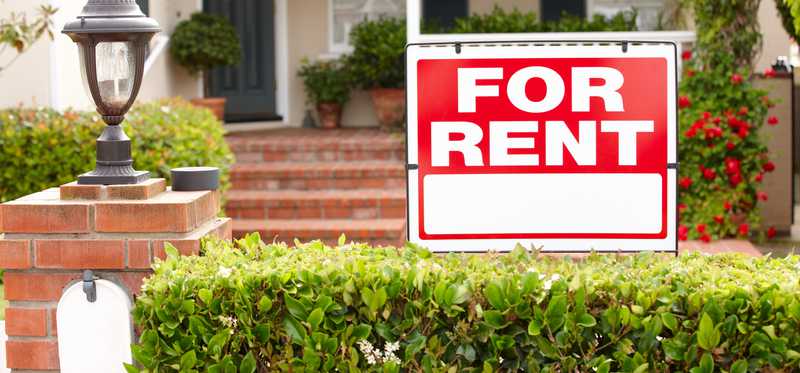
25. Rented housing
Not everyone owns or is buying or selling a home, though. The homeowner rate in the U.S. was recently just 64%, per U.S. Census data, leaving many millions in rented housing. If you're a renter, you may be wondering how your rent compares to that of others. The median rental rate for one-bedroom apartments was recently $959 per month, while two-bedroom apartments sported a median price of $1,190, per apartmentlist.com. That varies widely by state, of course. A two-bedroom place in Arkansas had a median price of $725 recently, while in California it was $1,826.
Previous
Next

26. Gas
The price of gas can swing wildly from year to year. It peaked in the summer of 2008, when the national average price per gallon hit $4.11. Recently, though, it has averaged $2.72 per gallon for regular gas, though as with many items, prices vary widely depending on where you are. In Hawaii, for example, the recent average price was $3.66, while in Louisiana it was $2.35.
Previous
Next

27. Dentistry
Many Americans simply don't go to the dentist, whether out of fear or because they can't afford to. The cost of dental care can be relatively minimal as long as you simply need cleanings, x-rays, and an occasional filling, and the average out of pocket spending per capita in America was around $465, according to one study that used 2016 data. But if you need a root canal, that can easily cost more than $1,500 -- and you're likely to need a crown after that, which can top $1,450, depending where you live. To keep your dental costs down, brush and floss regularly, and get regular check-ups, too.
Previous
Next

28. Tax return preparation
If you prepare your tax return on your own, it likely costs you little to nothing, except perhaps a lot of time. Those who have very simple financial circumstances -- such as those with no dependents, few deductions, and salaried jobs -- can get away with preparing their returns on their own. But most others should at least use tax-prep software and, perhaps even hire a tax pro. What might you end up spending? Well, the National Society of Accountants recently reported that the average cost to have your tax return prepared professionally is $261. That typically includes a 1040 form, Schedule A for any itemized deductions, and a state tax return. If no itemized deductions are needed, the average cost drops to roughly $152.
Previous
Next

29. Babysitting
If you have young children, you're probably shelling out dollars regularly for babysitting services. The average rate for a babysitter nationally was recently $16.75 for one child and $19.26 for two, per an UrbanSitter study. If you have one child and use four hours of babysitting services per week, you're looking at roughly $3,500 per year -- and more, of course, if you have more than one youngster.
Those are averages, though, and rates vary by location. Las Vegas, for example, recently averaged rates of $11.63 and $14.71, while San Francisco averaged $18.75 and $21.30.
Previous
Next
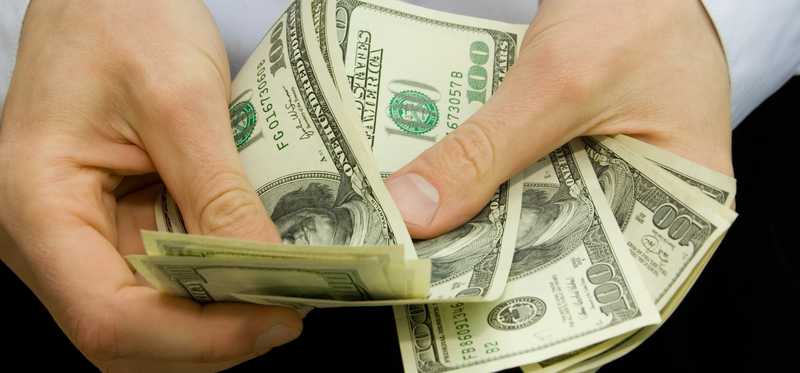
30. Miscellany
A last category of spending tracked by the Bureau of Labor
Statistics' (BLS) 2017 Consumer Expenditure Survey is
"miscellaneous," and the survey revealed households spending a total
of $1,010 on the category. What might that include? Well, here's how the BLS
itself defines it: "Miscellaneous includes safety deposit box rental,
checking account fees and other bank service charges, credit card memberships,
legal fees, accounting fees, funerals, cemetery lots, union dues, occupational
expenses, expenses for other properties, and finance charges other than those
for mortgages and vehicles." You might see how your own spending compares
by tallying up all your spending in the major categories above, such as
housing, transportation, and food -- and then seeing what's left over.
The Motley Fool has a disclosure policy.
Previous
Next
Invest Smarter with The Motley Fool
Join Over Half a Million Premium Members Receiving…
- New Stock Picks Each Month
- Detailed Analysis of Companies
- Model Portfolios
- Live Streaming During Market Hours
- And Much More
READ MORE
HOW THE MOTLEY FOOL CAN HELP YOU
-
Premium Investing Guidance
Market beating stocks from our award-winning service
-
The Daily Upside Newsletter
Investment news and high-quality insights delivered straight to your inbox
-
Get Started Investing
You can do it. Successful investing in just a few steps
-
Win at Retirement
Secrets and strategies for the post-work life you want.
-
Find a Broker
Find the right brokerage account for you.
-
Listen to our Podcasts
Hear our experts take on stocks, the market, and how to invest.
Premium Investing Services
Invest better with The Motley Fool. Get stock recommendations, portfolio guidance, and more from The Motley Fool's premium services.